Best Practice Guide for Underwater Particle Motion Measurement for Biological Applications.

View/
Average rating
votes
Date
2021Author
Nedelec, S.L.
Ainslie, M.A.
Andersson, M.H.
Cheong, S.H.
Halvorsen, M.B.
Linné, M.
Martin, B.
Nöjd, A.
Robinson, S.
Simpson, S.D.
Wang, L.
Ward, J.
Status
PublishedPages
89pp. and Appendices
Metadata
Show full item recordAbstract
The problem:
All sound comprises fluctuations in pressure and particle motion (PM) and all fishes and many aquatic invertebrates detect PM. Noise is unwanted or harmful sound, and underwater anthropogenic noise is a global pollutant. Therefore, a large proportion of marine life is potentially threatened by PM created by anthropogenic activity. There is building evidence that anthropogenic noise is detrimental to the health and survival of fishes and aquatic invertebrates, but the importance of PM to these effects remains unclear because until recently very few PM measurements have been taken, with studies mainly relying on sound pressure measurements to estimate PM exposure levels. In theory, PM cannot be predicted effectively from sound pressure in certain physical conditions. These physical conditions tend to be near the surface and the bottom, or in shallow water such as near shore, in lakes and rivers etc., where most aquatic life is found. Thus, there is a need to measure PM to e.....
Publisher
University of Exeter for the IOGP Marine Sound and Life Joint Industry ProgrammeExeter, UK
Document Language
enSustainable Development Goals (SDG)
14.114.a
Essential Ocean Variables (EOV)
Ocean soundCitation
Nedelec, S.L., Ainslie, M.A., Andersson, M.H., Cheong S-H., Halvorsen, M.B., Linné, M., Martin, B., Nöjd, A., Robinson, S., Simpson, S.D., Wang, L. and Ward, J. (2021) Best Practice Guide for Underwater Particle Motion Measurement for Biological Applications. Exeter, UK, University of Exeter for the IOGP Marine Sound and Life Joint Industry Programme, 89pp. & Appendices. DOI: http://dx.doi.org/10.25607/OBP-1726Collections
 Repository of community practices in Ocean Research, Applications and Data/Information Management
Repository of community practices in Ocean Research, Applications and Data/Information Management